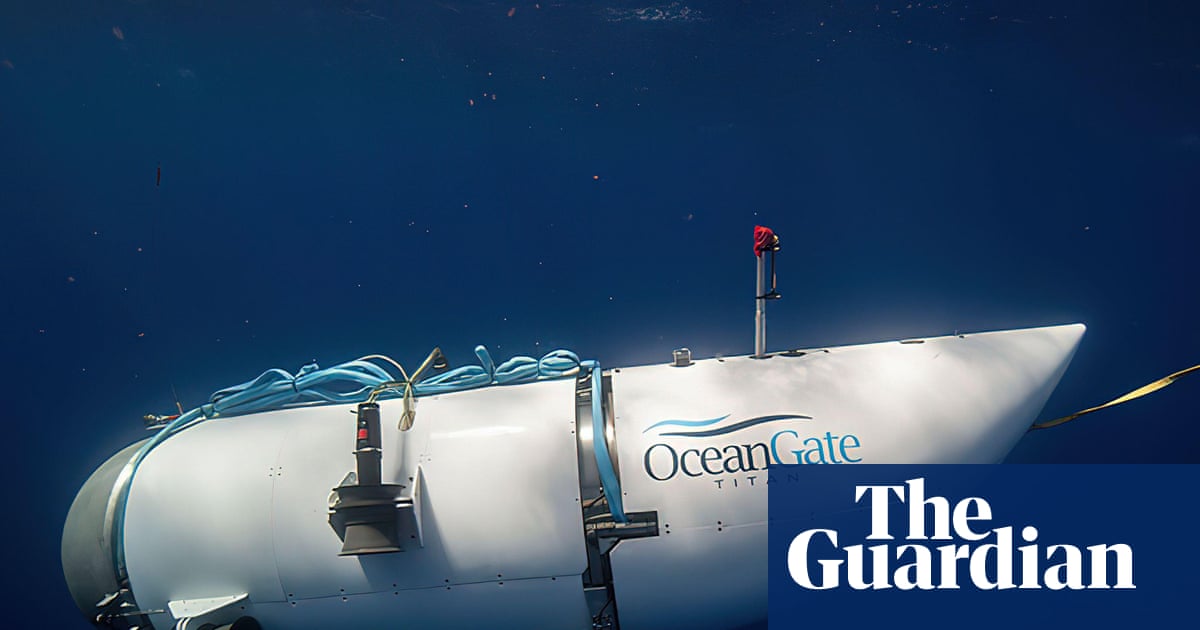
"The deadly implosion of a submersible traveling to the wreck of the Titanic was the result of faulty engineering, the National Transportation Safety Board (NTSB) announced on Wednesday. The NTSB's final report on the voyage that killed five people in June 2023, said that OceanGate, the private company that owned the Titan, did not adequately test its experimental submersible before the trip. The Washington-state based firm, which suspended operations after the catastrophic implosion, was unaware of the submersible's true durability, the report said."
"The victims, including OceanGate CEO Stockton Rush, died instantly in the North Atlantic during the descent to the remains of the Titanic. The implosion also killed French underwater explorer Paul-Henri Nargeolet, known as Mr Titanic; British adventurer Hamish Harding; and two members of a prominent Pakistani family, Shahzada Dawood and his son Suleman Dawood. The Titan's defective engineering resulted in the construction of a carbon fiber composite pressure vessel that contained multiple anomalies and failed to meet necessary strength and durability requirements, the NTSB said."
"The safety board also said OceanGate had not followed standard guidance for emergency responses, and that the Titan could have been found sooner if it had. If the company had abided by expected protocols, it would have saved time and resources, the report said, while noting rescue was not possible in this case. The report was also critical of the culture at the company, quoting a former operations technician who had raised alarms about potential Coast Guard regulations prior to the implosion."
The Titan submersible imploded during a descent to the Titanic wreck, killing five people instantly in the North Atlantic. OceanGate's experimental submersible lacked adequate testing and the company was unaware of the vessel's true durability. The carbon-fiber composite pressure vessel contained multiple anomalies and did not meet required strength and durability standards. Emergency-response guidance was not followed, delaying location efforts and increasing time and resource expenditure, although rescue remained impossible in this case. Company culture tolerated regulatory dismissiveness; a former technician raised alarms about Coast Guard oversight and safety practices, and a reported CEO remark reflected that attitude.
Read at www.theguardian.com
Unable to calculate read time
Collection
[
|
...
]